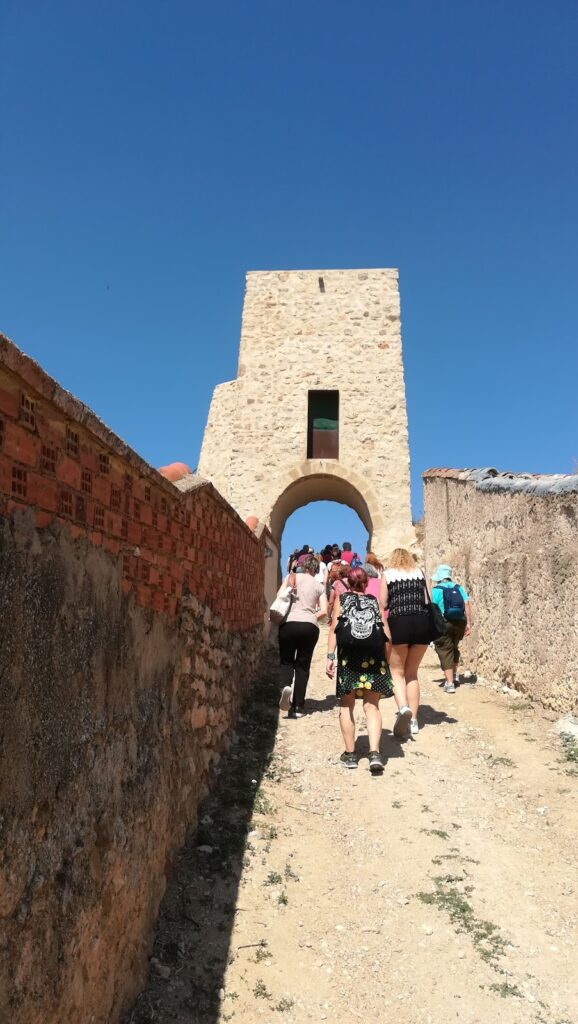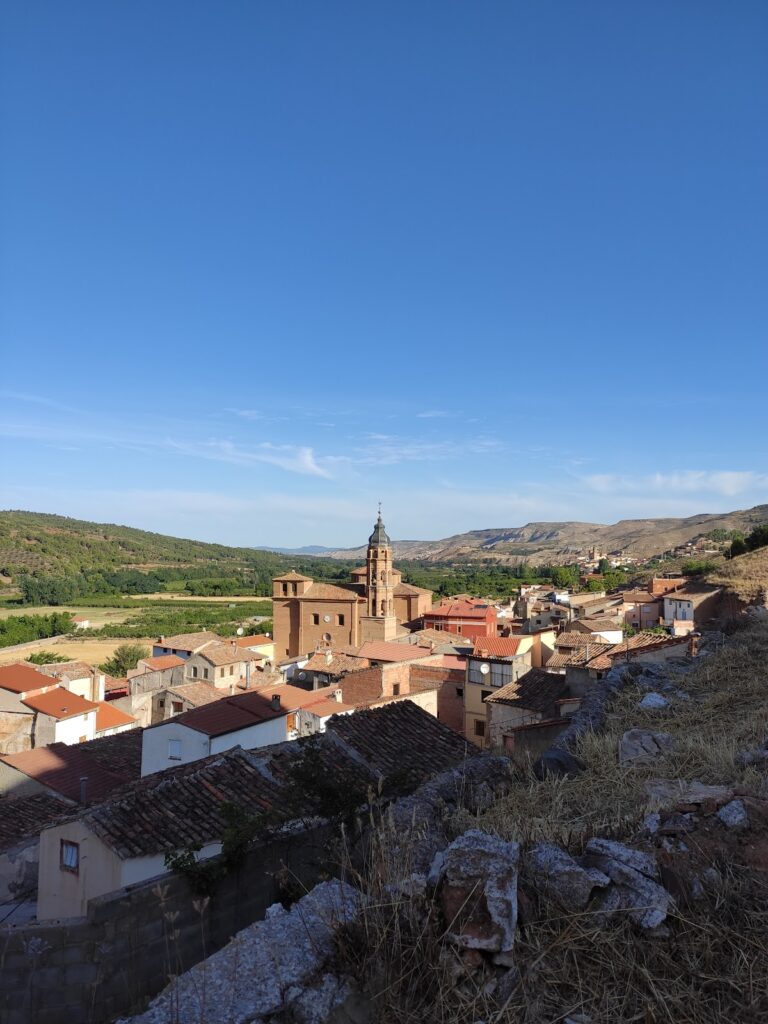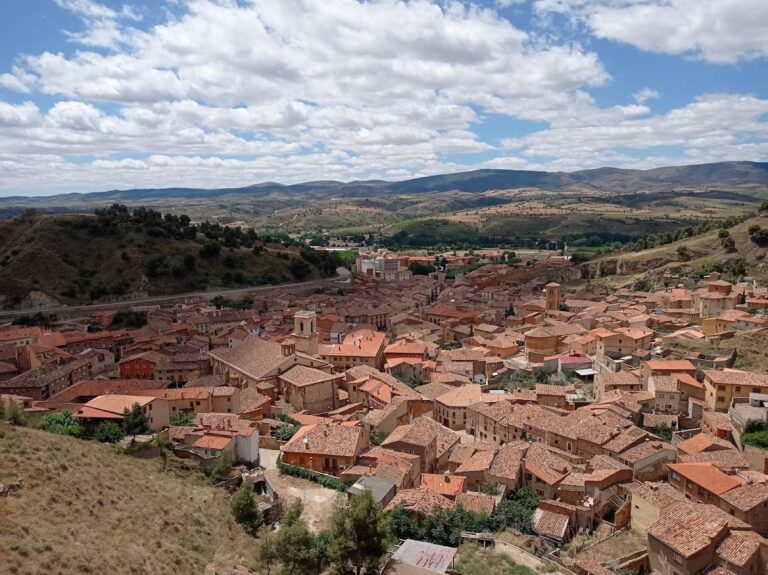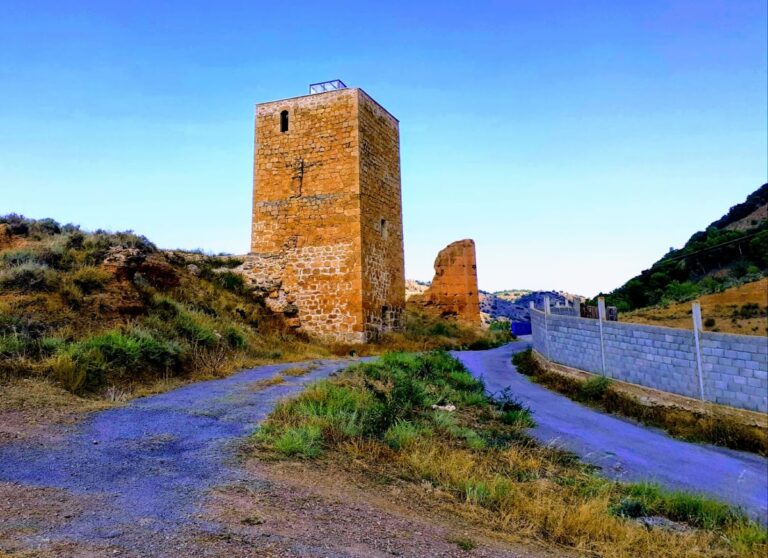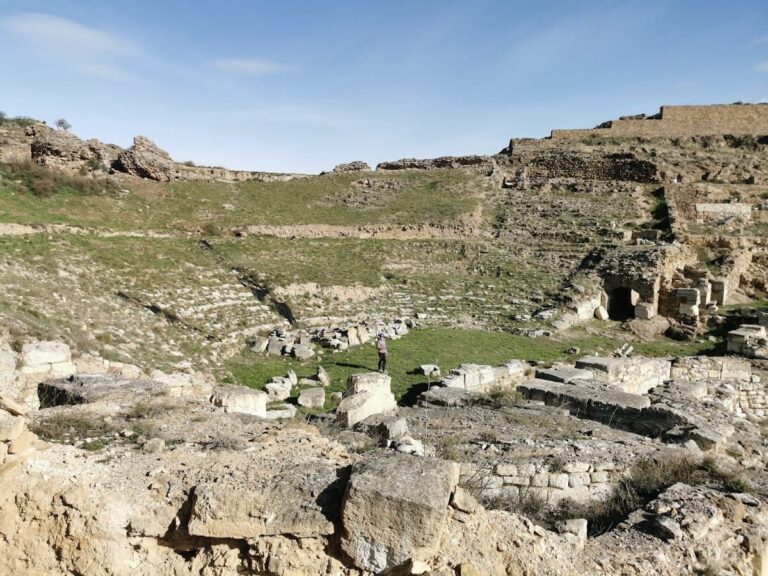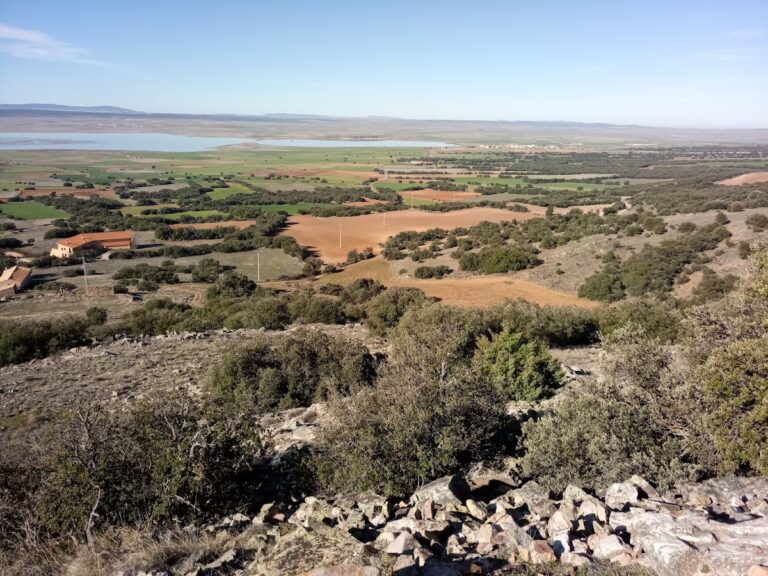Castillo de Langa: A Medieval Fortress in Langa del Castillo, Spain
Visitor Information
Google Rating: 4.6
Popularity: Very Low
Google Maps: View on Google Maps
Country: Spain
Civilization: Unclassified
Remains: Military
History
The Castillo de Langa is a medieval fortress situated in the municipality of Langa del Castillo, Spain. This stronghold was constructed during the Middle Ages as a defensive structure in a region marked by ongoing territorial disputes.
The castle first appears in historical records in 1131, during a period when it formed part of the territorial jurisdiction under Calatayud. Administratively, it belonged to the Comunidad de aldeas de Daroca, an association of villages, specifically within the district known as the sesma of Langa. The fortress served both as a military bulwark and a site for local governance within this community.
In the mid-14th century, the castle’s importance increased due to political and military tensions. In 1357, during the War of the Two Peters—a conflict between the kingdoms of Aragón and Castile—King Pedro IV of Aragón ordered the expansion of the fortress. That same year, Bernat de Cabrera, who was the governor of Aragón and a close minister to the king, inspected the castle’s fortifications to prepare for an anticipated Castilian invasion. This period possibly marked significant construction or completion phases, reflecting architectural styles common to Gothic fortifications of the time.
Later, in 1367, the castle hosted a significant assembly of the Comunidad de aldeas de Daroca. This meeting was attended by key figures including the Baile General of Aragón, an official akin to a chief magistrate, along with the treasurer. The gathering likely aimed to organize financial resources to support the ongoing conflict with Castile. After this active period during the War of the Two Peters, the castle’s military prominence gradually declined.
In recent times, the site has attracted archaeological interest that seeks to uncover and preserve its remains. However, due to its fragile condition, the Castillo de Langa has been listed on Spain’s Red List of endangered heritage sites, highlighting its vulnerability and the need for conservation efforts.
Remains
Perched atop a broad rocky plateau north of the town it overlooks, the Castillo de Langa covers an area approximately 120 meters long by 60 meters wide. The fortress was originally enclosed by a curtain wall—a continuous defensive barrier common in medieval castles—that secured the entire perimeter. Today, only portions of this wall survive, standing at much reduced heights.
Five towers remain partially standing within the fortress’s enclosure. Among these is the main keep, or torre del homenaje, which served as the castle’s central stronghold and last line of defense. This tower features a square footprint roughly six meters on each side and was built using finely cut stone blocks known as ashlar masonry, indicating its importance. It retains narrow vertical openings called arrow slits, designed for archers to defend while minimizing exposure. The keep also preserves its original entrance door, which provided access via an internal staircase to upper floors used for living quarters or strategic oversight.
Another prominent feature is the gate tower, constructed to guard the castle’s entrance. Unlike the main keep, this tower was built with rubble masonry, which involves the use of rough, irregular stones set in mortar. Although heavily damaged, with significant structural loss, it still shows some surviving arrow slits. Between 2001 and 2004, a section of the gate tower’s outer face collapsed, contributing to the hazardous conditions at the site.
The remaining towers and curtain walls share the same rubble masonry construction and include narrow arrow slits. These structures stand only as low fragments today, divulging their former scale and defensive role. Beneath the plateau, archaeologists have uncovered vaulted cellars originally connected to the castle’s internal functions. These underground chambers would have provided storage space, possibly for provisions or arms, protected by robust stone vaults.
Access to the castle is complicated by debris from the collapsed gate tower, which adds to the site’s current critical conservation status. Despite this, the surviving elements clearly illustrate the fortress’s strategic placement and medieval military architecture as it adapted to the turbulent border conflicts of 14th-century Spain.
